 I’ve been engaged in a twitter discussion with some good friends and acquaintances (and, being that it’s twitter, with some folks I don’t know from Adam) about the upcoming film Act of Valor. The film, for those who were comatose during the Super Bowl ad blitz, is a Navy recruiting video on major steroids that features several active duty SEALs and Special Warfare Combatant Crewmen in uncredited roles. According to the Wikipedia entry:
I’ve been engaged in a twitter discussion with some good friends and acquaintances (and, being that it’s twitter, with some folks I don’t know from Adam) about the upcoming film Act of Valor. The film, for those who were comatose during the Super Bowl ad blitz, is a Navy recruiting video on major steroids that features several active duty SEALs and Special Warfare Combatant Crewmen in uncredited roles. According to the Wikipedia entry:
Act of Valor began as a recruitment video for the U.S. military’s Naval Special Warfare Command. In 2007, Mike McCoy and Scott Waugh of Bandito Brothers Production filmed a video for the Special Warfare Combatant-craft Crewmen SWCC which led the Navy to allow them to use SEALs for Act of Valor. None of the SEALs’ names will appear in the credits of the film.
Relativity Media acquired the rights to the project on June 12, 2011 for $13 million and a $30 million in prints and advertising commitment. Deadline.com called it “the biggest money paid for a finished film with an unknown cast”. The production budget was estimated between $15 million and $18 million
The discussion surrounding the film has largely been whether it is, in the words of Air Force veteran @JimmySky, “exploitative” – and if so, why that is and who exactly it is that’s being exploited.
According to a recent WSJ story on the film, “the project offered filmmakers access to SEALs as well as military assets, but no funding.” The article also notes that:
the “goals [of the film] were to bolster recruiting efforts, honor fallen team members and offer a corrective to misleading fare such as “Navy Seals,” the 1990 shoot-em-up starring Charlie Sheen as a cocky lone wolf. “In the SEAL ethos, the superman myth does not apply. It’s a lifestyle of teamwork, hard work and academic discipline,” said Capt. Duncan Smith, a SEAL who initiated the project and essentially served as producer within the military.
The article continues:
For two years the filmmakers had inside access to the Navy’s elite and secretive force for an unusual assignment: to create a feature film that starred real-life SEALs—not actors—in lead roles. The movie, “Act of Valor,” is not a documentary. Instead, it straddles reality and fiction, military messaging and entertainment. It features strike scenes written by the SEALs themselves, jarring live-fire footage and a body count that would rival any ’80s action flick. Yet the movie, to be released in February, was designed to set the record straight on a group that the military says has been routinely misrepresented in film.
Now, I need to offer a dual disclaimer up front: (1) I’ve only seen the preview and this excellent albeit brief review by Jeff Quinton, not the movie itself, and (2) I’m firmly biased in favor 0f pro-military (and particularly pro-SOF) films that provide the greatest level of accuracy that Hollywood can muster. For example, I thought Black Hawk Down was an excellent film (even if Josh Hartnett was horribly miscast as a Ranger), and I share the community at large’s loathing for ridiculous movies like the aforementioned Charlie Sheen Navy SEALs flick.
The difference between the buzz about Act of Valor and the better of its predecessors appears to be primarily focused on the fact that Act of Valor features active duty NSWC personnel (and that the movie’s advertising blitz has been very vocal about their participation) in a film that has a fictitious story line, as opposed to, say, Black Hawk Down, which told a true story but used actors to do so (rather than “being marketed on the basis of [having] real Rangers“). This, in turn, blurs the line between fiction and reality, while using valuable Department of Defense equipment and personnel to (according to former PAO @FPWellman) make money for Hollywood.
While I understand the concerns, though, I’m far from convinced by them. Military participation in Hollywood projects is nearly a century old, and the Department of Defense maintains an entertainment media office specifically to provide “U.S. military assistance in producing feature motion pictures, television shows, documentaries, music videos, commercial advertisements, CD-ROM games, and other audiovisual programs.” According to the Armed Forces Press Service:
To achieve maximum accuracy in movies and on television, the Army, Navy, Air Force, Marines, Coast Guard and DoD have liaison offices to help guide filmmakers through the process. The services operate independently of each other in this endeavor but share office space on the same floor of a Los Angeles building. The Defense Department’s entertainment media division is run from the Pentagon.
“If we decide to cooperate on a project, we stay with them throughout all the scenes that have military or DoD depictions,” said Army Lt. Col Paul Sinor, a public affairs officer with that service’s Office of the Chief of Public Affairs.
This task covers a broad spectrum, from making sure uniforms and equipment are correct to coordinating filming on military bases, said Air Force Capt. Christian Hodge, a project officer with the Air Force Entertainment Liaison Office.
This cooperation has included technical advice, but it has also included equipment and personnel. The F-14s, F-5s, and A-4s in Top Gun were real military aircraft, as were the MH-60s and Little Birds in Black Hawk Down, and the F-22s in Transformers and Iron Man. However, as obvious as this statement may be, the cooperation goes farther than advice and hardware – it includes people, too. Every live action shot of a military aircraft, for example, includes active military crew members operating those aircraft. The fact they’re not credited among the primary cast is immaterial; they are participants in the film, just as the Naval personnel in Act of Valor are. Further, films like Transformers have featured active duty personnel in significant numbers (such as the Airmen serving as extras in this shot), and have provoked little if any consternation as a result.
Given all of this, it seems clear that the real issue is the fact that the film’s advertising touts the participation of active duty SEALs and SWCCs, rather than their participation. Does that mean, in turn, that the issue with the film is that a conscious effort is being made to make people aware of the presence of active military personnel in the film, rather than featuring military technology without overtly acknowledging the real soldiers, sailors, airmen, and Marines operating that technology on-screen?
The other issue, raised by former Army officer Tim Matthews, is “the general sentiment…’shouldn’t these SEALs being out shooting REAL bad guys?'” I think the response to this one is fairly easy: from Blue Angels and Thunderbirds pilots to the Golden Knights, STARS, and Leapfrog jump demonstration teams, tip-of-the-spear military professionals are put to use on a daily basis not in offensive operations, but in operations that improve outreach and recruiting and build civil-military relations (and still more serve in administrative and staff positions, as liaison officers, etc.). Tim deserves credit for being consistent, as he believes that the “Blue Angels, Thunderbirds, Golden Knights, bands, etc, are a poor use of resources.” However, these functions will continue to be performed by those who are skilled enough at their military jobs to participate in them, and outside of the fact that it’s on a big screen instead of over an airfield, I see no significant difference between the role of active duty SEALs in Act of Valor and that of that top 0.001% of F-16 pilots in the Air Force that makes up the Thunderbirds demonstration team.
For me, the bottom line with Act of Valor is this: it’s a film that features Hollywood-DOD cooperation just like countless other war and action flicks over the last several decades. Yes, it’s a film with heavy Navy Special Warfare involvement, so I expect a level of accuracy and attention to detail that is far higher than almost any other military or combat film; yes, it’s almost certain to have a level of energy and action that far surpasses the day-to-day experiences of NSW operators; and yes, it is at heart what it’s always been: a Special Warfare recruiting video. H0wever, I’m simply not convinced that there’s any “exploitation,” “opportunism,” or anything else to be found here besides an action film that uses real operators, real support staff, and real stories to achieve a level of realistic sensationalism that very few of its predecessors have been capable of – and that’s just fine with me.

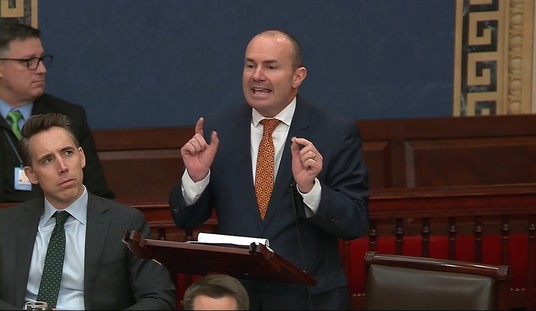

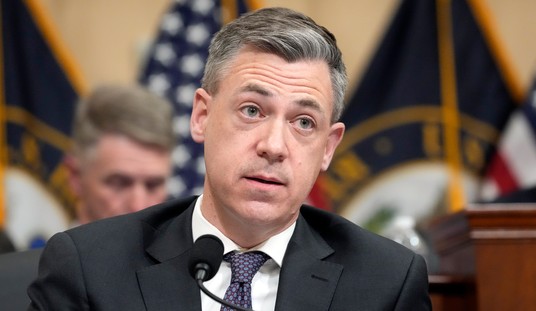
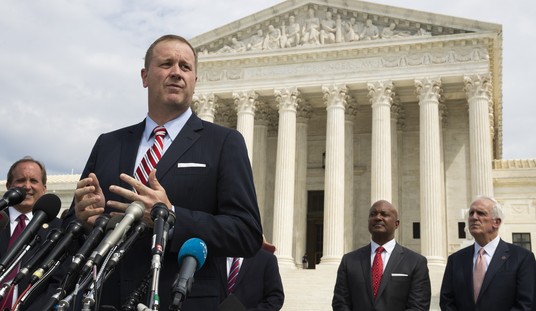
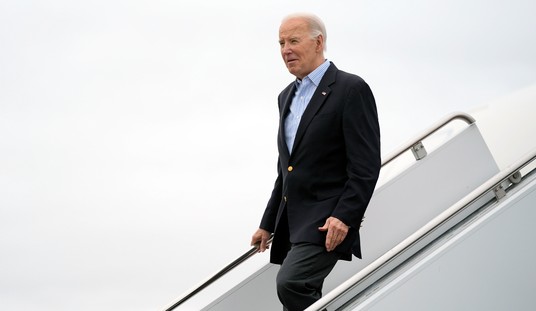

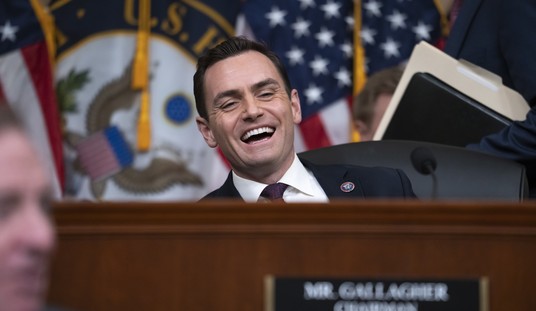
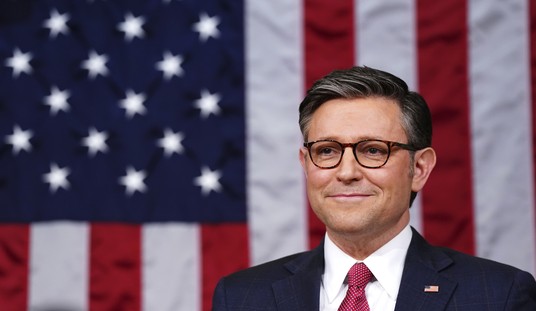

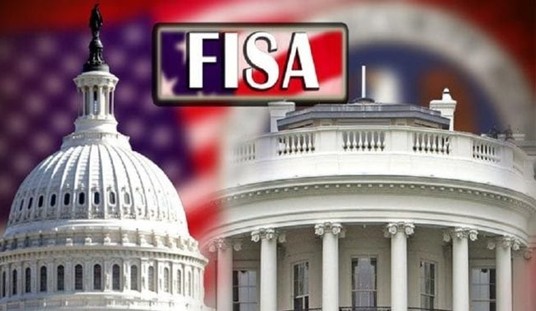



Join the conversation as a VIP Member